8 Indoor Plants Which Are Great For Your Health!
Plants are generally good for the environment, but here are some indoor plants that can dramatically improve your overall health!
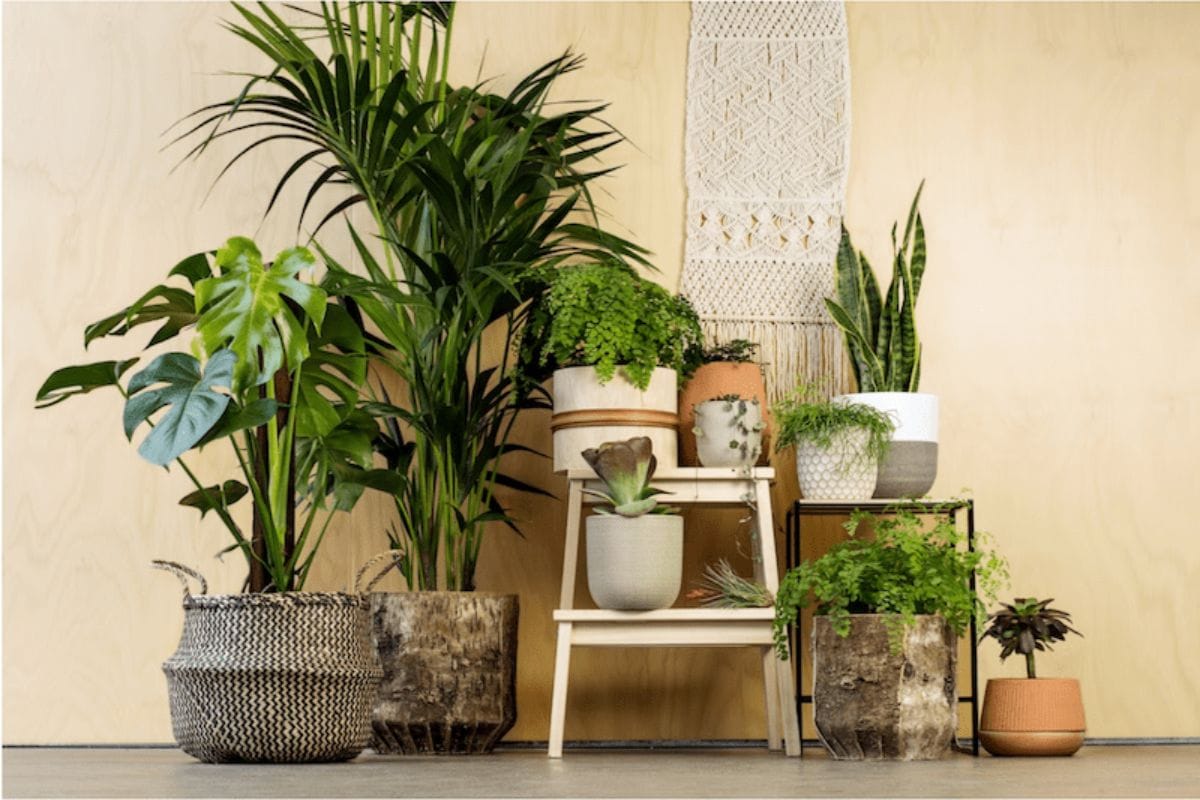
People usually tend to choose plants by prioritizing the way they look and their maintenance requirements rather than the obvious health benefits they bring about with them. When COVID-19 hit and the new work-from-home or staying home impacted our lifestyle in an unprecedented way, more and more people are taking up having plants indoor.
NASA conducted a study on the effects of houseplants on the air quality in space shuttles and came to the conclusion that some indoor plants can actually purify air pollutants such as mold spores, bacteria, and other microorganisms and VOCs such as benzene, formaldehyde, xylene, toluene, etc.

Now that we have established that having indoor plants in our homes can improve our health, what are the benefits of having them? The benefits include a better immune system, boost productivity, improve relationships, and even have a positive effect on our mental well-being. So, we at HomeTriangle decided to come up with a list of indoor plants that can improve your health all the while being incredible to look at.
Here are 8 indoor plants that can improve your health and looks very serene in your homes.
1. Peace Lily or Spathiphyllum Wallisii
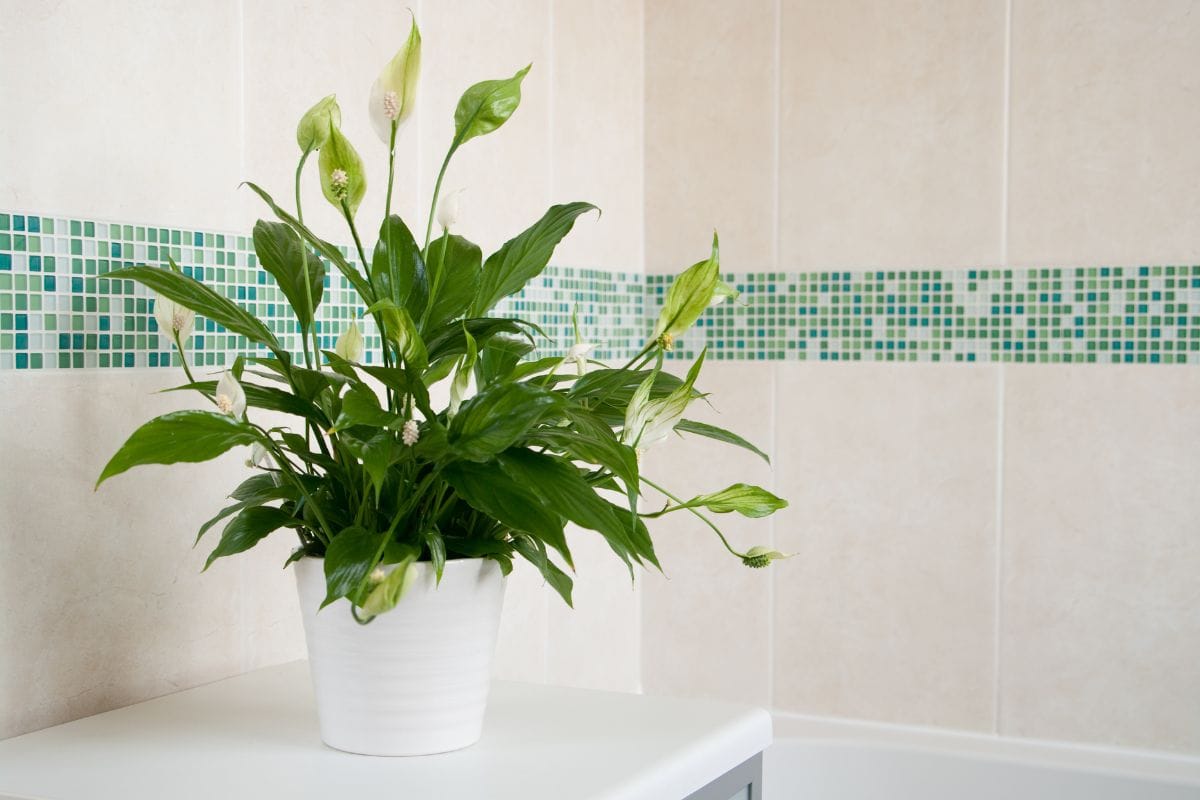
- Peace Lily can be easily identified with the dark-green leaves with white flowers and long stems. This is one of the best-known plants for purifying the indoor air. These plants also improve the indoor air quality as they release moisture into the dry air in or homes.
- The peace lily is one of the plants NASA conducted the study with and they found that they tend to break down toxic gases such as benzene, formaldehyde, xylene, toluene, and trichloroethylene.
- The peach lily can also reduce the number of mold spores and that makes it an ideal addition to the bathroom as it will help prevent the growth of mildew.
2. Spider Plant or Chlorophytum Comosum

- The long grassy green-and-white-striped leaves are the signature of a spider plant. These leaves of the spider plants are able to absorb toxic particles including mold and other allergens from the indoors.
- Even though not as good as a peace lily, these plants are also capable of removing small traces of formaldehyde, xylene, and toluene from indoor air.
3. Aloe Vera or Aloe Vera

- Everybody has heard of aloe vera. It is a very low-maintenance succulent used in a variety of healing procedures. The gel inside the leaves of the aloe vera is also widely used in various beauty products, medicines, and health drinks.
- Formaldehyde and benzene are some of the chemicals that are absorbed and broken down by aloe vera.
- Aloe vera is an ideal addition to the bedroom because it helps improve the quality of sleep by absorbing carbon dioxide and releasing oxygen at night, therefore, increasing the level of oxygen at night.
4. Snake Plant or Sansevieria trifasciata

- Another succulent plant with long tough pointed green leaves(often edged with golden yellow), snake plants are best known for their ability to convert carbon dioxide into oxygen.
- Snake plants are another ideal addition to the bedroom as it releases oxygen at night and helps one to breathe better while sleeping.
- These plants can also effectively filter the chemical in the air such as benzene, formaldehyde, xylene, toluene, and trichloroethylene.
- Keep in mind that the roots of these plants have a tendency to rot in moist soil, so it is very important to ensure that you don’t over-water them.
5. English Ivy or Hedera helix
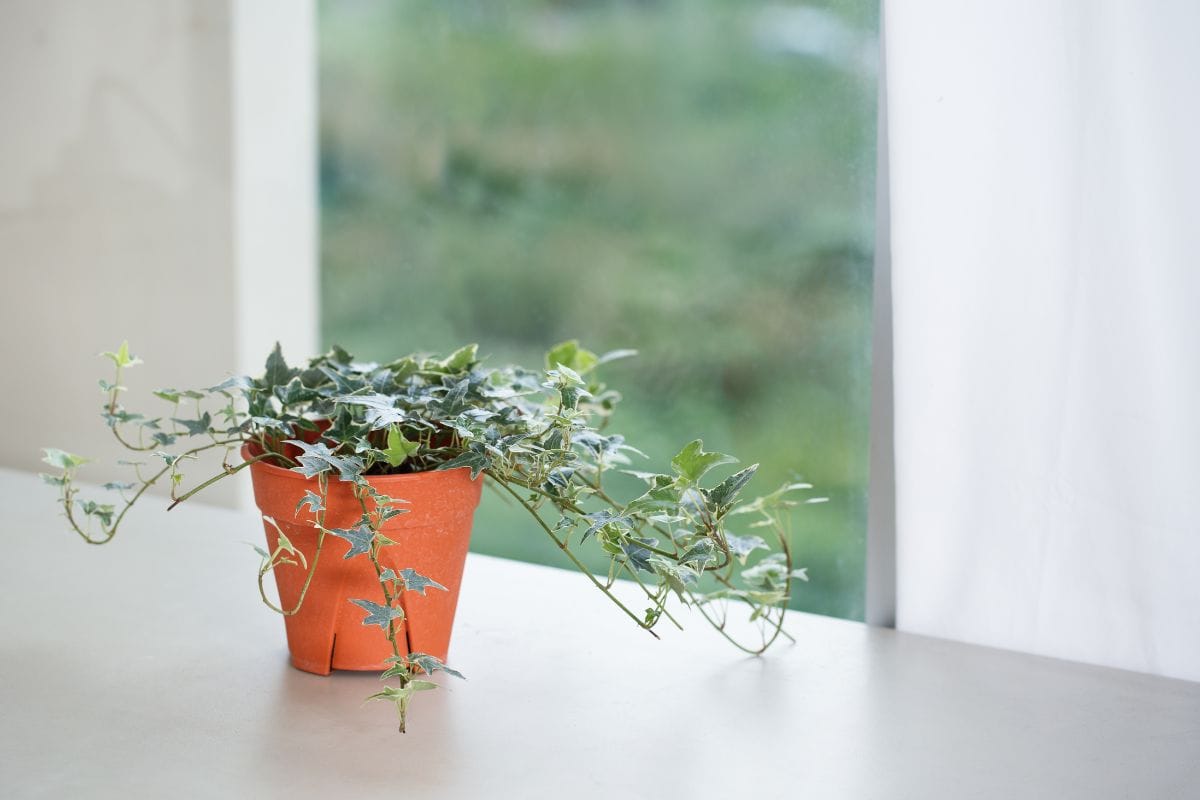
- A climbing vine that is suitable for both indoors and outdoors, English ivy is a brilliant addition to decorate your bathroom due to its unique characteristic of reducing airborne fecal matter that could become a health hazard.
- English ivy is also capable of reducing the levels of formaldehyde, benzene, trichloroethylene, xylene, and toluene in the air indoors.
- The English ivy can also eliminate mold spores.
6. Boston Fern or Nephrolepis exaltata
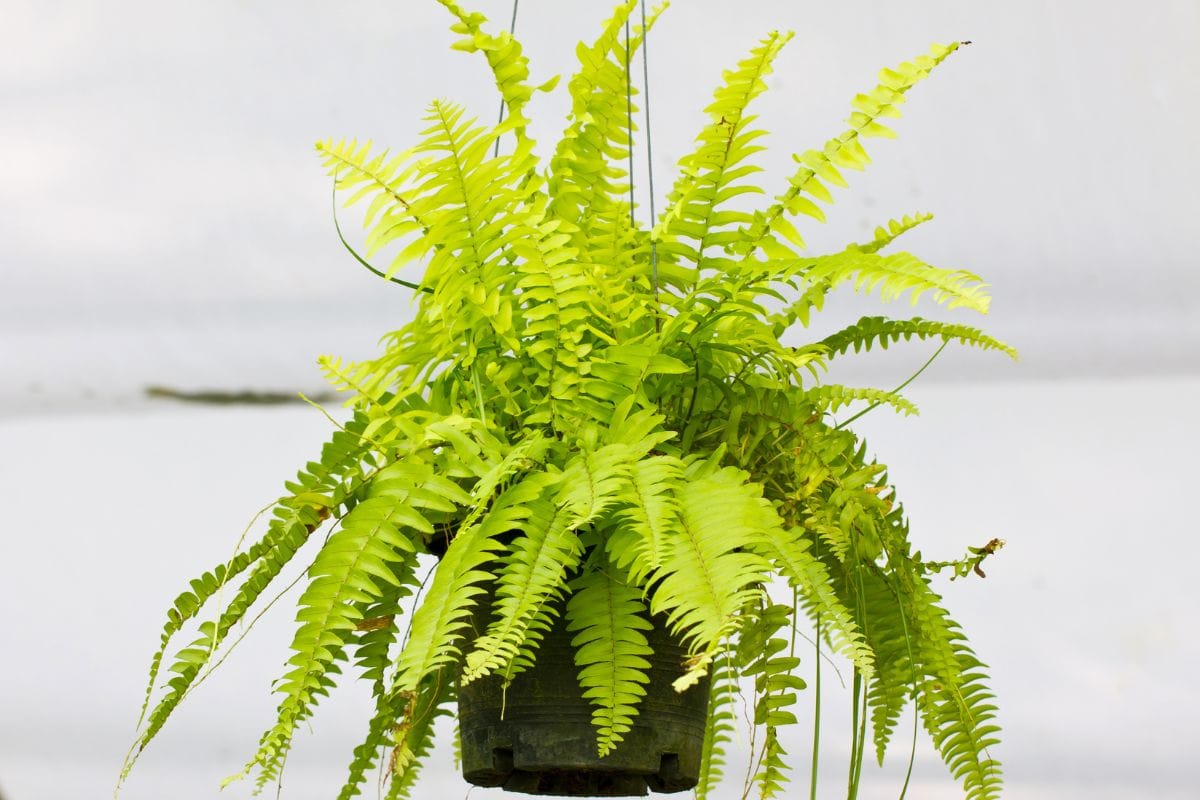
- Another plant that is suited for both indoors and outdoors, a Boston fern comprises long fronds of leaves composed of oppositely placed leaflets.
- Boston ferns are a natural humidifier as they release moisture into dry air.
- Boston fern can effectively eliminate small amounts of formaldehyde, xylene, and toluene from indoor air.
7. Rubber Plant or Ficus elastic

- Rubber plants are medium-sized houseplants with round shiny leaves that are very easy to take care of. These plants can grow tall if kept outdoors during summer. You can easily restrict the height by keeping it in a small pot.
- This houseplant can emit a high level of oxygen and remove chemicals such as formaldehyde as the large leaves of the rubber plants draw in a large number of contaminants.
- The rubber plant improves the air quality in our homes by converting carbon dioxide into breathable oxygen. They are also capable of effectively eliminating bacteria and mold spores from the air.
8. Areca Palm or Dypsis Lutescens
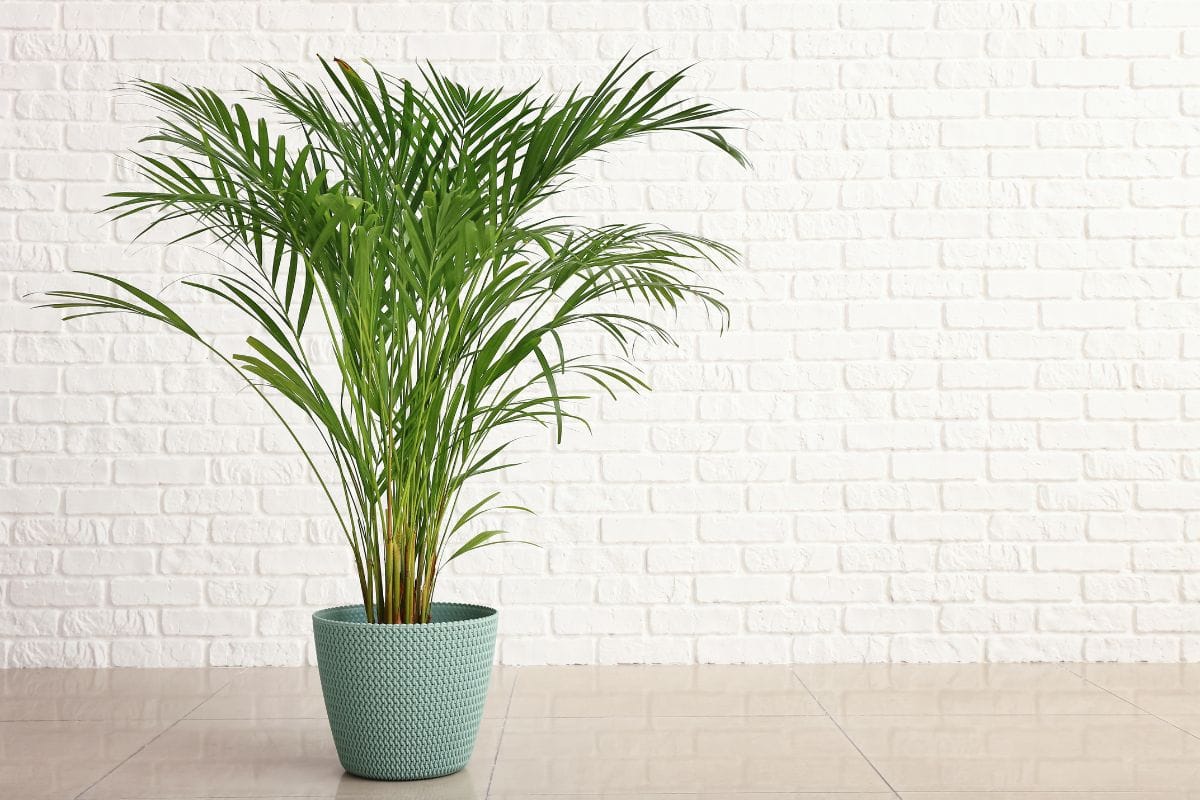
- A brilliant and ideal way to add a lot of volume to the empty corners of your home, the areca palm has smooth silver-green trunks with feathery fronds of leaves. These plants can grow really tall.
- Areca palm is one of the few plants that continue to absorb carbon dioxide and release more oxygen at night than during the day.
- The areca palm is also one of the few plants that can release moisture to cool and humidify the surrounding air indoors.
- They are also capable of breaking down chemicals like formaldehyde, xylene, and toluene and eliminate dangerous chemicals such as carbon monoxide.
If you’re like me and care about the quality of the air we breathe at home, check out our blog for more such articles.


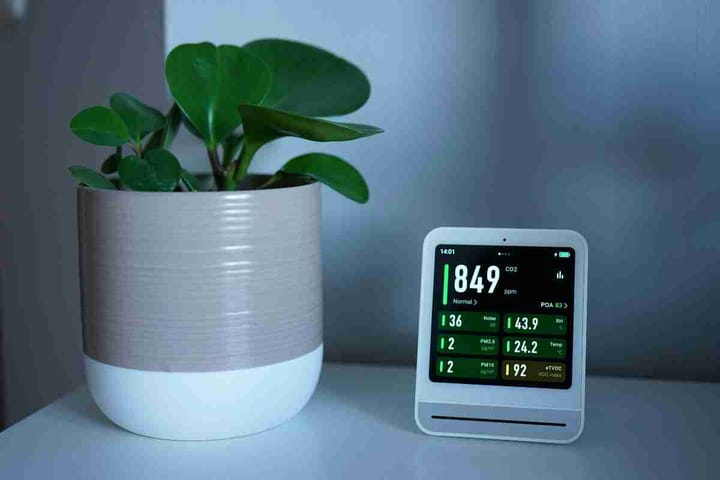
Comments ()